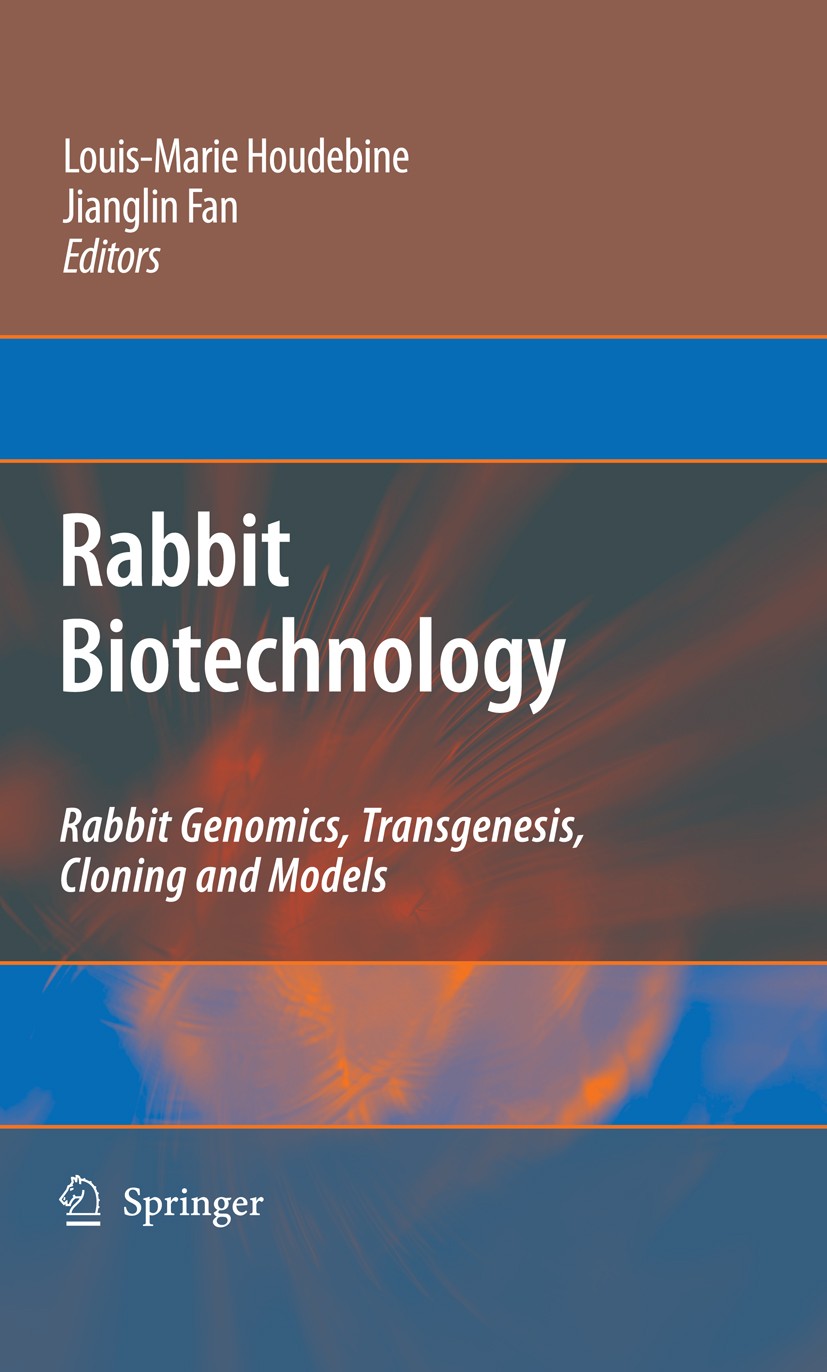| 書(shū)目名稱(chēng) | Rabbit Biotechnology | | 副標(biāo)題 | Rabbit genomics, tra | | 編輯 | Louis-Marie Houdebine (Doctor),Jianglin Fan (Chair | | 視頻video | http://file.papertrans.cn/821/820253/820253.mp4 | | 概述 | It is clear that with the progress of genome sequencing, ES cells culture, cloning, transgenesis and interfering RNAs and other techniques, rabbit biotechnology is entering a new era..It is a good tim | | 圖書(shū)封面 |  | | 描述 | Louis-Marie Houdebine and Jianglin Fan The study of biological functions of proteins and their possible roles in the pathogenesis of human diseases requires more and more relevant animal m- els. Although mice including genetically modified mice offer many possibilities, other non-murine species are absolutely required in some circumstances. Rabbit is one of these species, which has been widely used in biomedical studies. This animal is genetically and physiologically closer to humans including cardiov- cular system and metabolism characteristics. Rabbit is thus more appropriate than mice to study some diseases such as atherosclerosis and lipid metabolism. Because of its larger size, surgery manipulation, bleeding, and turn-over studies are much easier performed in rabbits than in mice. Furthermore, transgenic rabbits can be produced using microinjection and other methods such as lentiviral v- tors. Cloning in rabbits has been proved possible, even though still laborious and time-consuming. Hopefully, functional rabbit ES cell lines will be available in the coming years. Gene deletion or knock-out in rabbits will then become possible. | | 出版日期 | Book 2009 | | 關(guān)鍵詞 | biological functions; biotechnology; cell lines; cloning; genes; genome; metabolism; genetic engineering | | 版次 | 1 | | doi | https://doi.org/10.1007/978-90-481-2227-1 | | isbn_softcover | 978-90-481-8476-7 | | isbn_ebook | 978-90-481-2227-1 | | copyright | Springer Science+Business Media B.V. 2009 |
The information of publication is updating

|
|
 |Archiver|手機(jī)版|小黑屋|
派博傳思國(guó)際
( 京公網(wǎng)安備110108008328)
GMT+8, 2025-10-14 14:57
|Archiver|手機(jī)版|小黑屋|
派博傳思國(guó)際
( 京公網(wǎng)安備110108008328)
GMT+8, 2025-10-14 14:57


